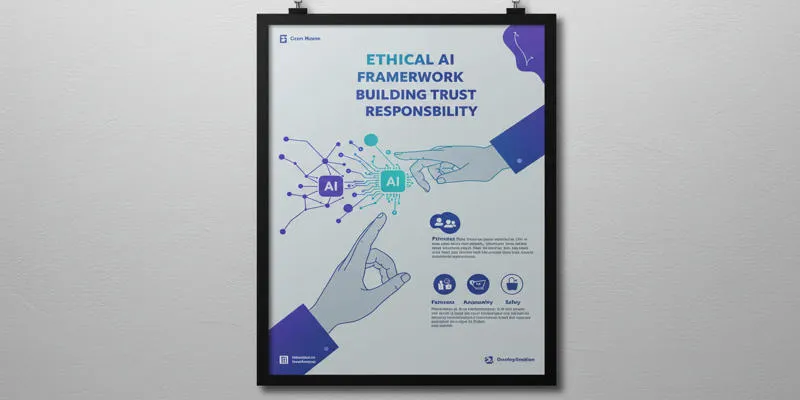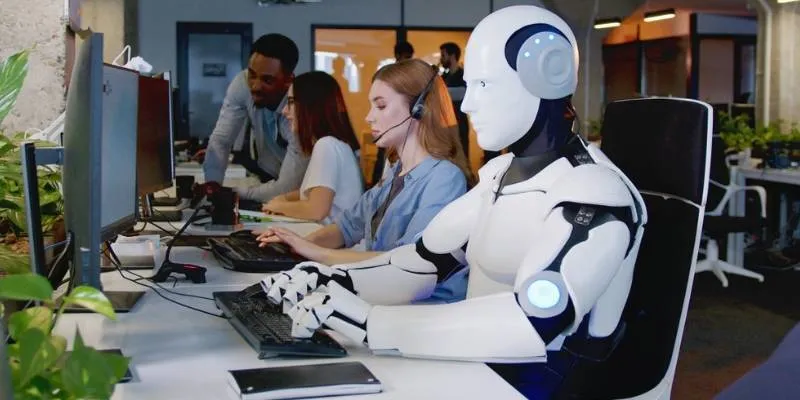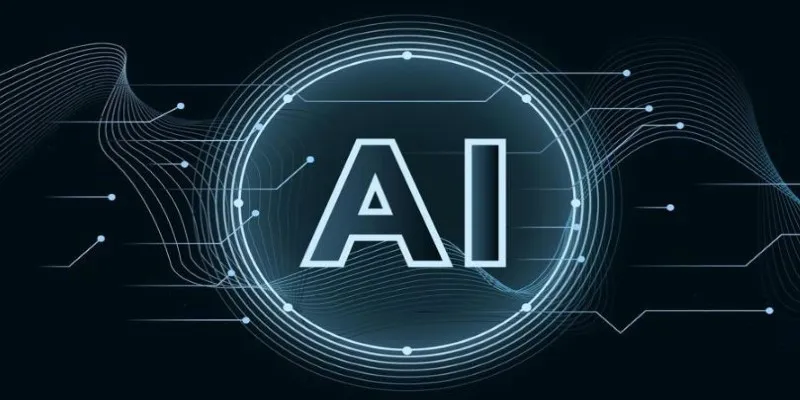For the first time, Nvidia is bringing the assembly of its AI supercomputers to the United States—a significant shift in its production strategy. Known for leading the artificial intelligence revolution with its powerful GPUs, Nvidia has traditionally relied on overseas production.
However, increasing demand, fragile global supply chains, and security concerns have prompted the company to rethink its approach. Building these advanced machines in the US allows Nvidia more control, faster delivery, and closer ties with its biggest customers, reshaping how critical computing hardware is produced.
Why Nvidia Chose to Build AI Supercomputers in the US
The decision to manufacture AI supercomputers in the US stems from several factors. A primary driver is the sharp rise in demand for high-performance computing, fueled by generative AI, large language models, and advanced simulations. Businesses, research centers, and government agencies are vying for hardware capable of handling vast computational workloads. As a leader in AI GPUs, Nvidia sees domestic manufacturing as a way to quickly deliver systems and offer greater flexibility.

Global supply chain strains have exposed vulnerabilities in sourcing and transporting advanced hardware. Delays, trade tensions, and restrictive export controls complicate logistics. By manufacturing supercomputers in the US, Nvidia can mitigate these risks, aligning with policy efforts that promote domestic production of strategic technology. The US government is investing significantly in semiconductor research and production, and Nvidia’s initiative aligns with this broader objective.
Security concerns play a role as well. Some AI supercomputers are designed for sensitive government or defense projects, where data integrity and transparent supply chains are crucial. Local manufacturing enhances trust and ensures stricter oversight. Nvidia plans to build these systems in California and other partner locations, collaborating with a domestic network for components and assembly.
What Sets These US-Built AI Supercomputers Apart?
Nvidia’s AI supercomputers are among the most capable machines, combining thousands of high-end GPUs with fast interconnects to efficiently handle parallel workloads. They are used for training large language models, climate research, autonomous systems, and drug discovery.
The US-built models will match the specifications of their overseas counterparts but offer advantages in lead time and customization. Nvidia aims to provide more tailored configurations, addressing customer needs for energy efficiency and performance optimization, which are increasingly important in large-scale data centers.
Manufacturing closer to design teams fosters faster communication and easier design refinements. Engineers can implement changes quickly, crucial in a fast-paced market where customers seek constant improvement. Nvidia also plans to collaborate with domestic suppliers for components beyond semiconductors, including cooling systems, chassis, and integration, although chip fabrication will largely remain overseas.
Impact on the AI and Tech Landscape
Building AI supercomputers in the US is likely to influence the broader technology industry. It underscores the strategic value of AI hardware, now seen as a national priority.

For Nvidia, producing systems domestically strengthens relationships with US-based customers who prefer or are required to source American-made equipment, including federal agencies and contractors bound by procurement regulations. This move may inspire other technology companies to reconsider their manufacturing strategies for critical products, particularly where supply chain reliability and security are at stake.
Faster access to advanced computing resources can accelerate research and development across industries. Shorter delivery times and more customizable machines allow organizations to scale AI projects more rapidly, benefiting sectors from healthcare to energy to education.
The shift also creates opportunities for skilled jobs and training in the US. Building supercomputers requires specialized technicians and engineers, supporting the development of a more capable domestic workforce. Local manufacturing ecosystems may see renewed growth as suppliers and service providers adapt to meet Nvidia’s needs.
Looking Ahead: Challenges and Opportunities
While the move offers clear benefits, it presents challenges. Labor costs in the US are higher than in some countries where Nvidia currently assembles supercomputers. The company will need to maintain cost competitiveness without compromising quality and speed. Scaling up domestic manufacturing capacity may also take time, especially in building or upgrading facilities to handle high-performance computing systems’ unique demands.
Supply chains remain globally interlinked, and Nvidia will still depend on overseas suppliers for many components, especially semiconductor chips, predominantly produced in Asia. This means Nvidia’s US-built AI supercomputers will have international parts, though final assembly and testing will occur on American soil.
That said, the move positions Nvidia to adapt flexibly to future shifts in trade policy, geopolitical dynamics, and customer expectations. As AI workloads grow and evolve, having production closer to key markets can make a significant difference. The company will likely continue refining processes and expanding its domestic footprint in response to demand.
By building AI supercomputers in the US, Nvidia makes a clear statement about the role of advanced computing in society and its place in the future of technology. The machines rolling out of these facilities won’t just serve customers—they’ll signify a shift in how high-tech manufacturing fits into the global picture.
Conclusion
Nvidia’s decision to manufacture AI supercomputers in the United States reflects rising demand, security needs, and shifting expectations around technology production. By assembling these complex systems domestically, Nvidia addresses supply chain vulnerabilities, aligns with policy goals, and fulfills customer preferences for secure, locally sourced technology. This step strengthens its position in an increasingly competitive field while contributing to the development of local expertise and infrastructure. As these supercomputers begin shipping from US facilities, they represent both cutting-edge technology and a broader move toward building key tools closer to where they are most needed.
 zfn9
zfn9






















